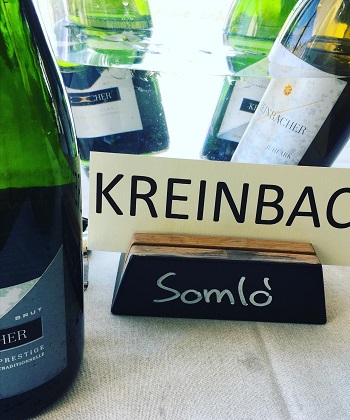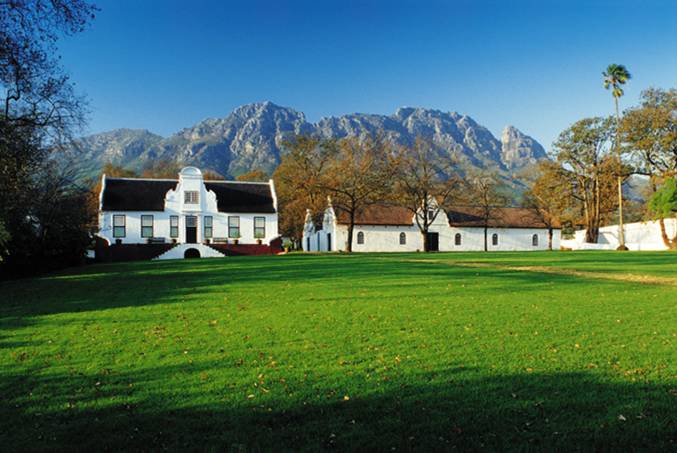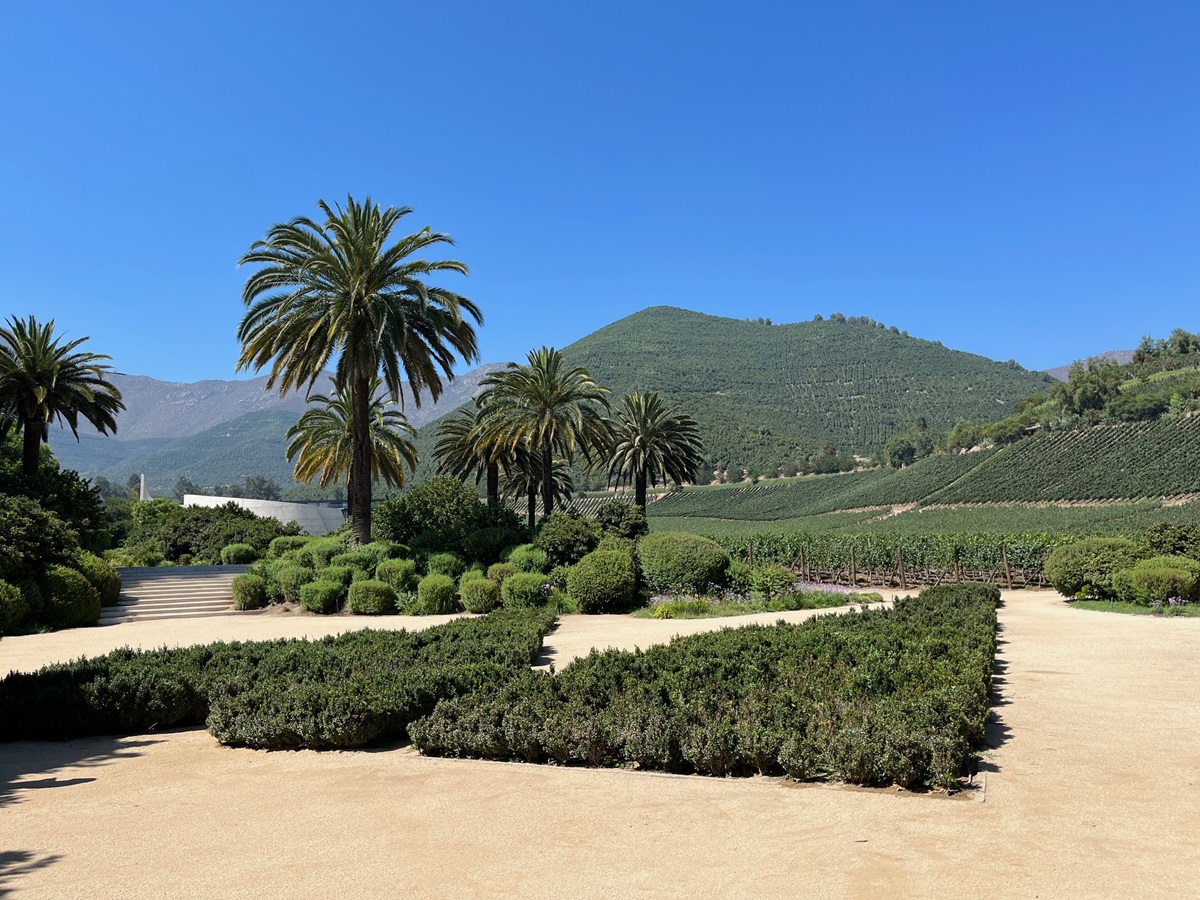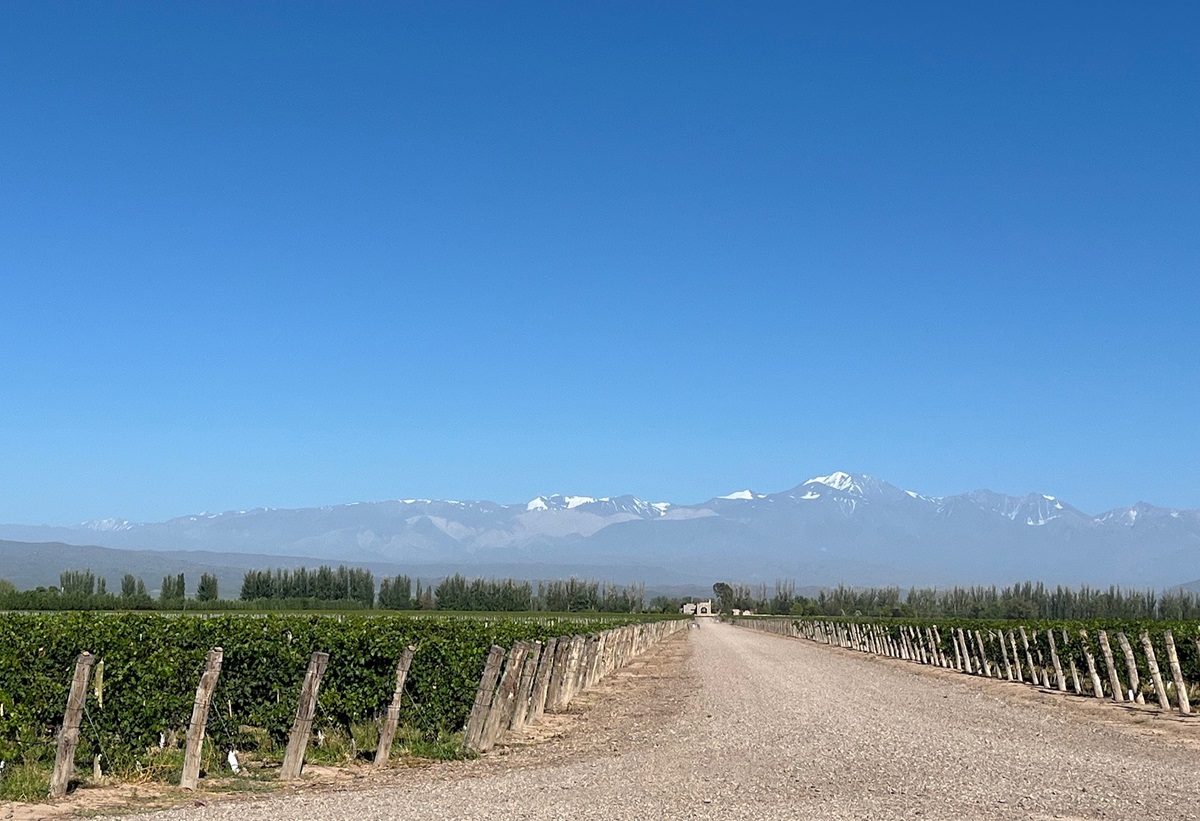SOMLO: HUNGARY’S VOLCANIC SECRET

By Rose Murray Brown MW Published in The Scotsman 7 May 2022
On a recent trip to Hungary, some of the most exciting wines I discovered came from the slopes of a lone volcanic hill two hours drive west of the capital Budapest.
The appellation of Somlo or Somloi (pronounced Shomlo) is Hungary’s smallest with 559 hectares of vineyard plots covering the slopes of an eroded core of an ancient sea bed volcano, which rises 432 metres from the flat Pannonian plain called Kisafold north of Lake Balaton.
“What makes Somlo special is a combination of unique basalt and tuff volcanic soil, temperate climate, diurnal temperature changes and indigenous grapes”, says Karoly Kolonics, one of the best growers in this tiny region.
 Kolonics is a fourth generation winemaker, a gentle giant who makes beautifully elegant wines which combine the region’s intense minerality and pronounced acidity in a very approachable elegant style. He uses low yields, wild yeasts, low intervention methods with ageing in a mix of oak and acacia wood to soften and enhance complexity.
Kolonics is a fourth generation winemaker, a gentle giant who makes beautifully elegant wines which combine the region’s intense minerality and pronounced acidity in a very approachable elegant style. He uses low yields, wild yeasts, low intervention methods with ageing in a mix of oak and acacia wood to soften and enhance complexity.
Somlo is a very fragmented region with 1,200 grape growers, many of whom are weekenders tending small plots as hobbyists with average of 0.5 hectares, but there are thirty full-time professional family wineries here now. Kolonics is one of Somlo’s serious producers with 7 hectares of Olaszrizling, Harslevelu, Furmint and the local speciality grape Juhfark (another difficult one to pronounce: ‘you fark’) which excels on the warm south side of Somlo hill called Somlovasarhely.
Kolonics 2020 Furmint was one of the best wines I tasted on my trip. According to Kolonics: “Furmint in Somlo tastes different from Hungary’s other volcanic region in the far north east Tokaj; here in Somlo our distinctive basalt soils give vibrant lemon, honey and herby notes with firm structure and stony minerality”.
Another impressive artisan minimal-intervention producer making an intense style of Furmint in Somlo is Peter Wetzer, who works from his Sopron region base in the north. In Somlo he buys grapes from St Martin’s Chapel vineyard on the cooler eastern side of the hill with more wind blown loess showing the refreshing side of Somlo. Wetzer also makes an intriguing traditional white field blend including Olaszrizling, Harslevelu and other grapes on one of the three tiny volcanic mounds around Somlo called Sag.

Somlo’s local speciality Juhfark (meaning sheep’s tail) is a fascinating grape. It is one of the few native grapes which survived phylloxera, but a tricky grape to grow – there are just 100 hectares in the world, with 80 of them in Somlo. Whilst neutral in character, on Somlo’s basalt terroir it produces distinctive wines with a minerally core, stony flavours, honeyed notes and zippy acidity which benefit from ageing in bottle. It would appeal to anyone who loves Chenin Blanc or Riesling.
Another producer whose Juhfark particuarly impressed at our tasting was Tornai, one of the biggest Somlo wineries with 60 hectares. Tornai’s winemaker Akos Kamocsay works with both native and international grapes over different areas of Somlo: IIona, Grofi, Apatsagi and Arany hills.
Somlo is almost predominantly a white wine region with Olaszrizling, Juhfark, Furmint and Harslevelu the main varieties. Whilst in other regions like Lake Balaton to the south warming temperatures are encouraging growers to experiment with more red plantings, it is likely Somlo will remain a white and sparkling wine region with just 7 hectares of red varieties – although Kolonics admits he has planted a little Syrah to see how it works.
 With grapes with pronounced acidity and minerality, it is no surprise that Somlo is producing some of the country’s most exciting sparkling wines – known as ‘pezsgo’ in Hungary. The most impressive sparkling operation was set up by Jozsef Kreinbacher in 2002, now a big winery with 43 hectares on prime locations of Somlo hill, producing blends based on Furmint and Chardonnay. With consultancy from Christian Forget of Champagne Paul Bara, Kreinbacher’s fizz is now looking very impressive – particularly when aged in magnums.
With grapes with pronounced acidity and minerality, it is no surprise that Somlo is producing some of the country’s most exciting sparkling wines – known as ‘pezsgo’ in Hungary. The most impressive sparkling operation was set up by Jozsef Kreinbacher in 2002, now a big winery with 43 hectares on prime locations of Somlo hill, producing blends based on Furmint and Chardonnay. With consultancy from Christian Forget of Champagne Paul Bara, Kreinbacher’s fizz is now looking very impressive – particularly when aged in magnums.
Aside from sparkling wines, there are also interesting Somlo producers experimenting with orange and natural wines – like Stephan Spiegelberg and Tomcsanyi with 2.5 hectares on the western side of Somlo hill. This historic region is definitely one to watch in the future.
SPARKLING
CLASSIC BRUT NV Kreinbacher
£24 Best of Hungary
Current cuvee comes from 2018 vintage, although this is not stated on the label. It is light crisp clean fizz with creamy mousse made from Furmint, Chardonnay, Pinot Noir and Pinot Blanc – not quite as impressive as their much pricier Furmint/Chardonnay Prestige Brut.
WHITE WINE
FURMINT 2020 Kolonics ***STAR VALUE***
£12.95 for 2019 vintage at The Wine Society
Very impressive price for this beautifully intense just off-dry Furmint with zesty apple fruits, full rich textural palate with spicy undertones, softened by 11 months maturing in large acacia barrels – and a distinctive long finish.
FURMINT 2019 Peter Wetzer
£17.50 The Wine Society
Cooler eastern side of Somlo’s hill shows a more refreshing side of Furmint, but with enough rich tropical fruit and spice to add intensity and richness to the palate with creamy length from long lees ageing.
 JUHFARK 2020 Kolonics ***STAR BUY***
JUHFARK 2020 Kolonics ***STAR BUY***
£14.50 for 2019 vintage at The Wine Society
Another impressive wine from Kolonics – minerally, chalky dry, richly intense apple fruits with a long savoury dry palate.
JUHFARK 2019 Tornai ***STAR BUY***
£22 Astrum Wine Cellars
Stone fruits, soft rounded, minerally undertones with fabulous intensity and length – a great combination both nimble on its feet with enough weight and richness.
Join Rose’s Fine Wine Dinner at The Peat Inn Thursday 8 December 2022 www.rosemurraybrown.com
Image credit: Wines of Hungary Personally
wine tastings
The perfect gift for the wine enthusiast in the family. Rose does In-person tastings too.
cellar advice
Rose does cellar valuations for private clients, valuations for insurers & bespoke portfolio management.
Related stories
March 31, 2024
By Rose Murray Brown MW Published in The Scotsman 30 March 2024 On 2 February 1659, the first wine made from grapes grown in South Africa was crafted by the Governor of the Cape, Jan van Riebeeck. He had planted vines four years earlier in the Company’s Garden near Cape Town from cuttings imported from France. Van Riebeeck’s first
March 24, 2024
By Rose Murray Brown MW Published in The Scotsman 16 March 2024 Heatwaves and bushfires were very much on the agenda when I visited Chile last month as winemakers prepared for their 2024 harvest in blistering heat and drought, with a plume of smoke from the devastating fires lingering over coastal hills. Heat and drought are the greatest challenges
March 23, 2024
By Rose Murray Brown MW Published in The Scotsman 9 March 2024 I have two glasses of Malbec in my hands from the same high-altitude vineyard in Uco valley in Argentina. I am in the Catena Institute of Wine in Mendoza with winemaker Agustin Silva. He has asked me to taste the two wines, both from the 1500m high



